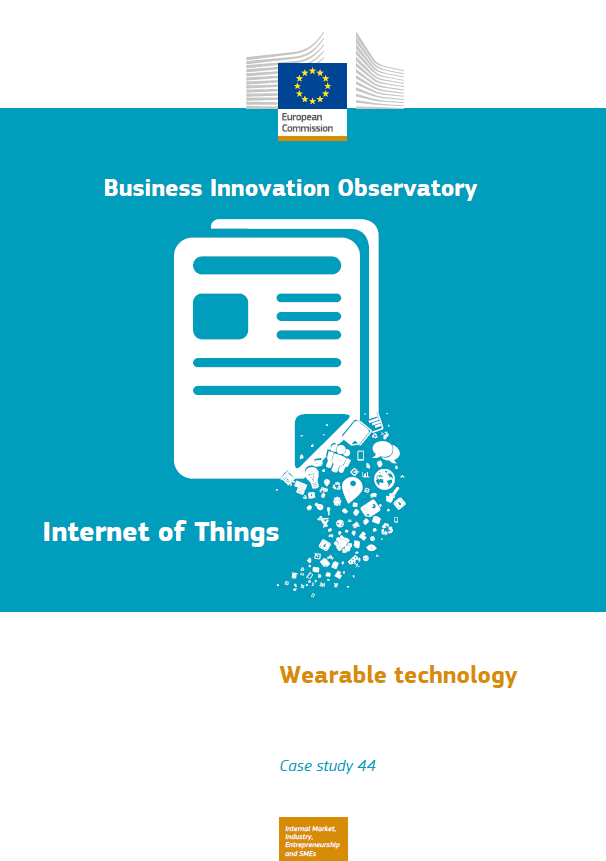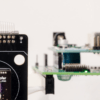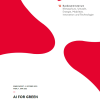
Business Innovation Observatory: Internet of Things – Wearable Technology
Wearable technology refers to clothing and personal accessories that incorporate advanced computer and electronic technologies. The products that contain wearable technology are called wearables. Applications of wearable technologies include wearable cameras, smart clothing, wearable apps platforms, smart glasses, activity trackers, smart watches, as well as health and happiness wearables.
Wearable technology offers a variety of benefits. For advertisement agencies, smart glasses and wearable sensors allow enhanced data collection on consumer feedback, which drives down the cost of traditional market research in labs and improves accuracy of consumer research. Also, the integration of wearables in enterprises processes leads to improved efficiency and increased labour productivity. In healthcare, wearable technology is put to use for increased automation of health care metrics collection.
The market potential of wearable technology is estimated to be immense as it stretches across different sectors such as retail, entertainment and media, as well as healthcare, including sport and fitness applications. The global market for wearables is estimated to reach EUR 34 billion by 2016.
The showcased companies are offering product solutions (Yepzon, GlassUp, and Withings) or are service providers (See Through, Sensum). These companies are relatively young but have become successful in a short time. Product life cycles are relatively brief and the common denominator between these companies lies in their quick reaction time and short R&D cycles in order to launch their products and services as swiftly as possible.
The value chain of wearable technologies consists of chip and components producers, integrators, test and standardisation houses, network providers, product solutions producers, service providers and distribution and retail. Chip and component producers are expected to benefit from substantial investments in the coming decade in order to make wearables even smaller and more comfortable as well as have a longer battery life.
The growth of wearable technology has been largely driven by the level of market penetration of smartphones aided by technological advancements of battery life and size. However, there are also some reported obstacles for further adoption, such as balancing the price of wearables with their added value to users, the development of highly specialised wearables for each body part, and the "battle" between the operating systems.
Policymakers can facilitate and stimulate the growth of wearable technology. Wearables need privacy protection regulation. This need is evidenced by results of a PwC survey where 82% of consumers identified themselves as worried that wearables could invade their privacy. Furthermore, policy makers need to drive down roaming costs charged by service providers to users of mobile internet. This barrier is already addressed by new EU legislation to be adopted in 2015. And thirdly policy makers can facilitate the adoption of health wearables as medical devices






Business Innovation Observatory: Internet of Things – Wearable Technology 0 reviews
Login to Write Your ReviewThere are no reviews yet.